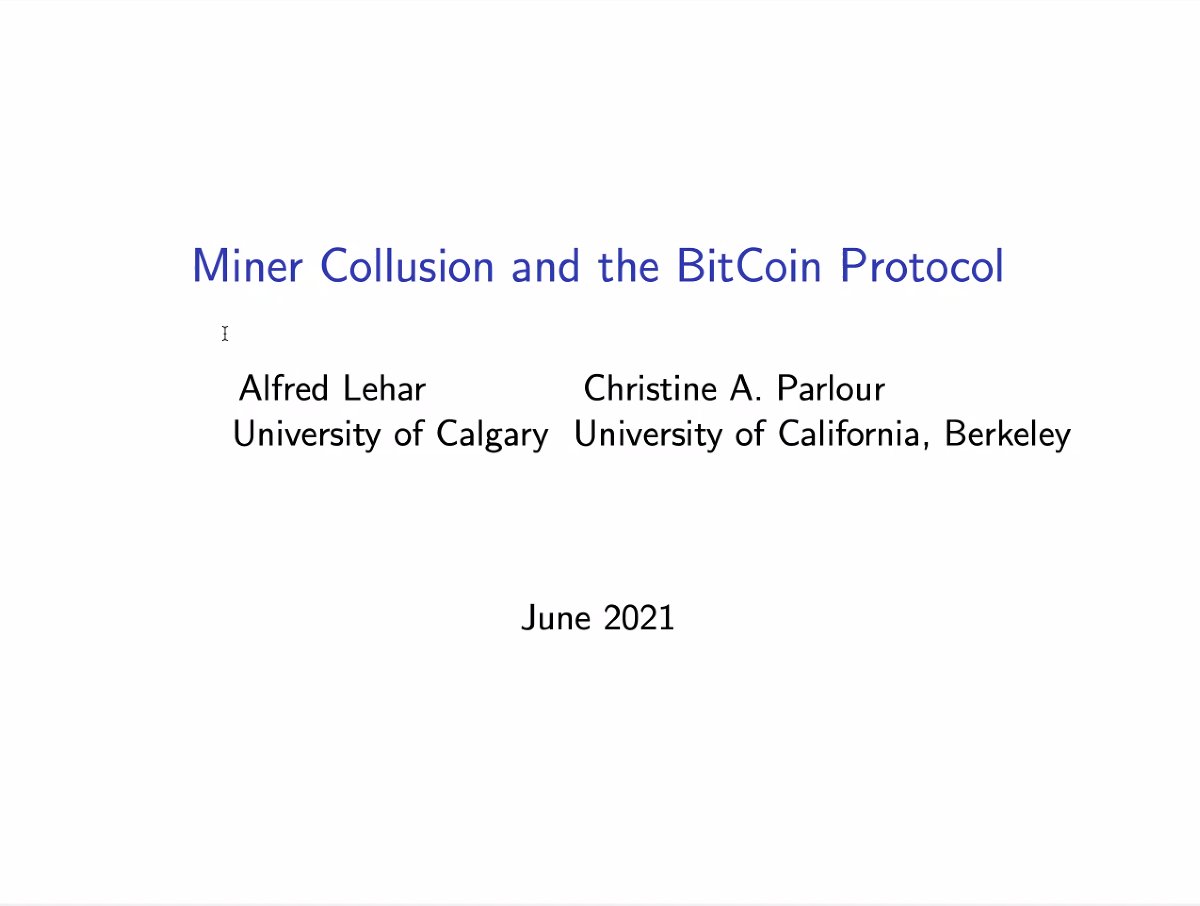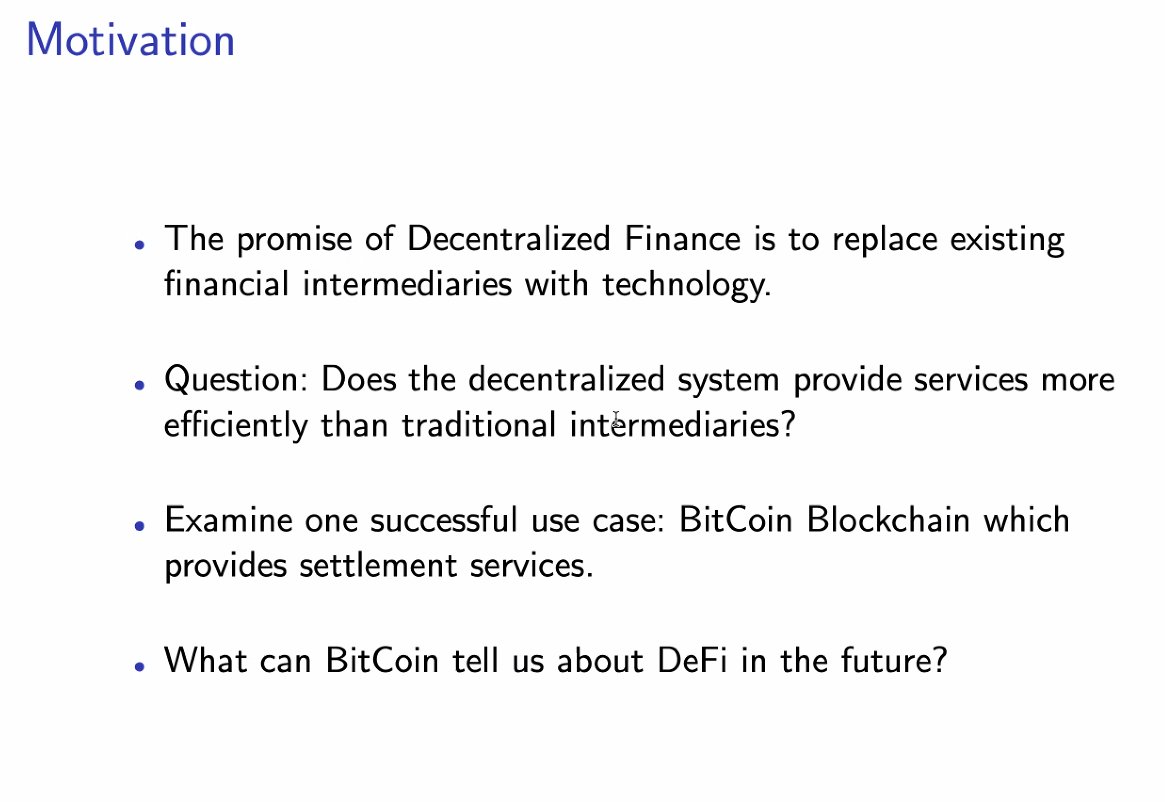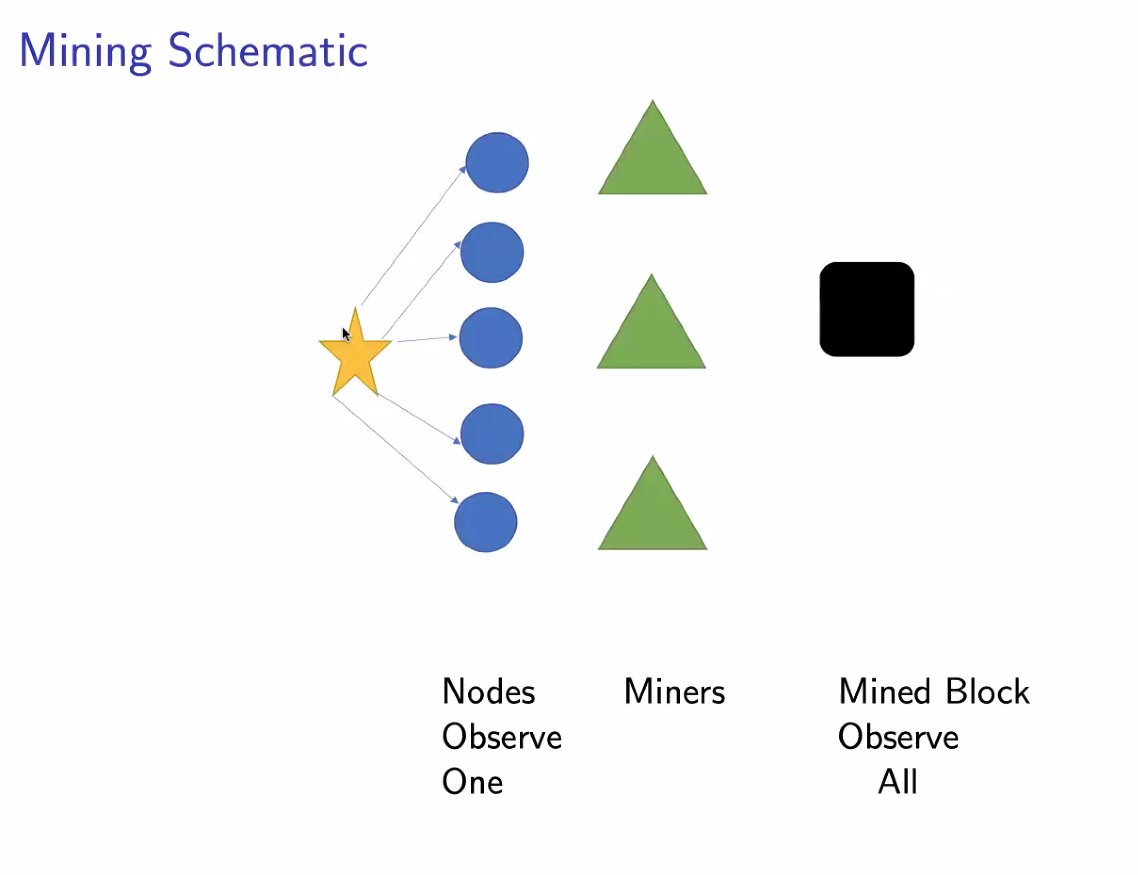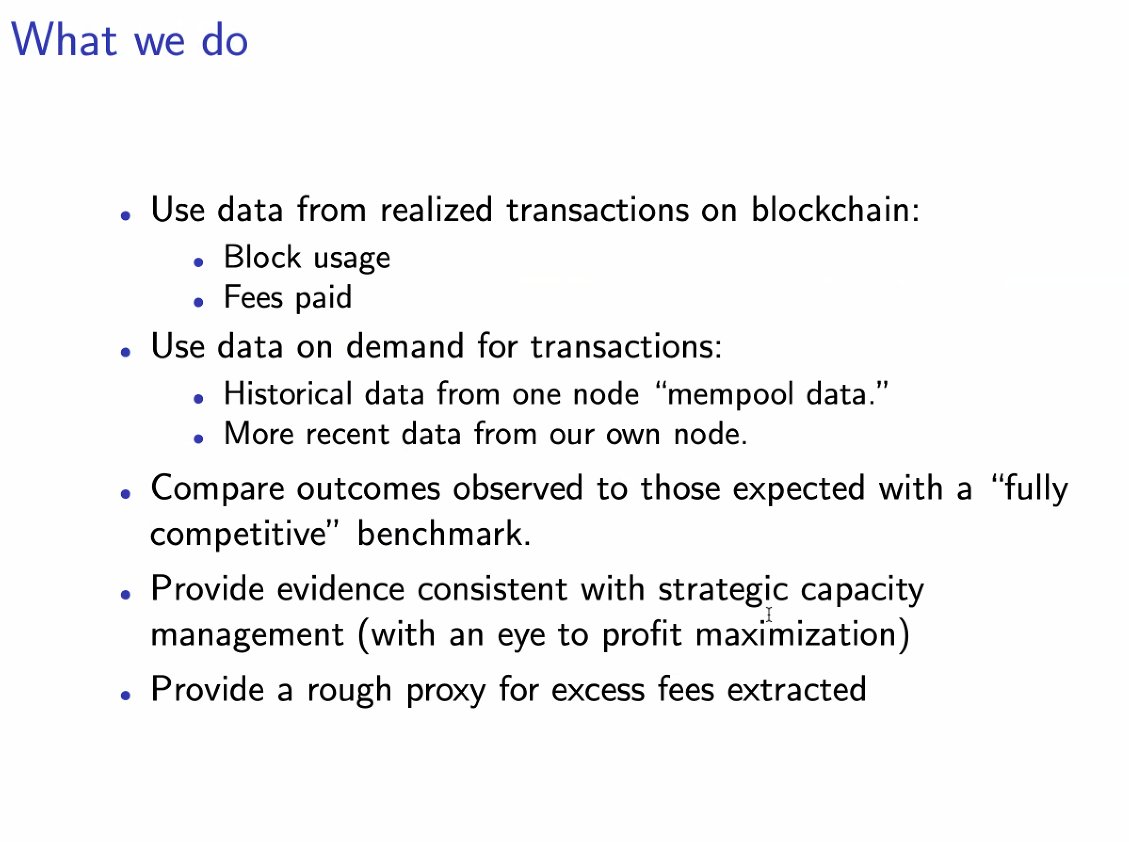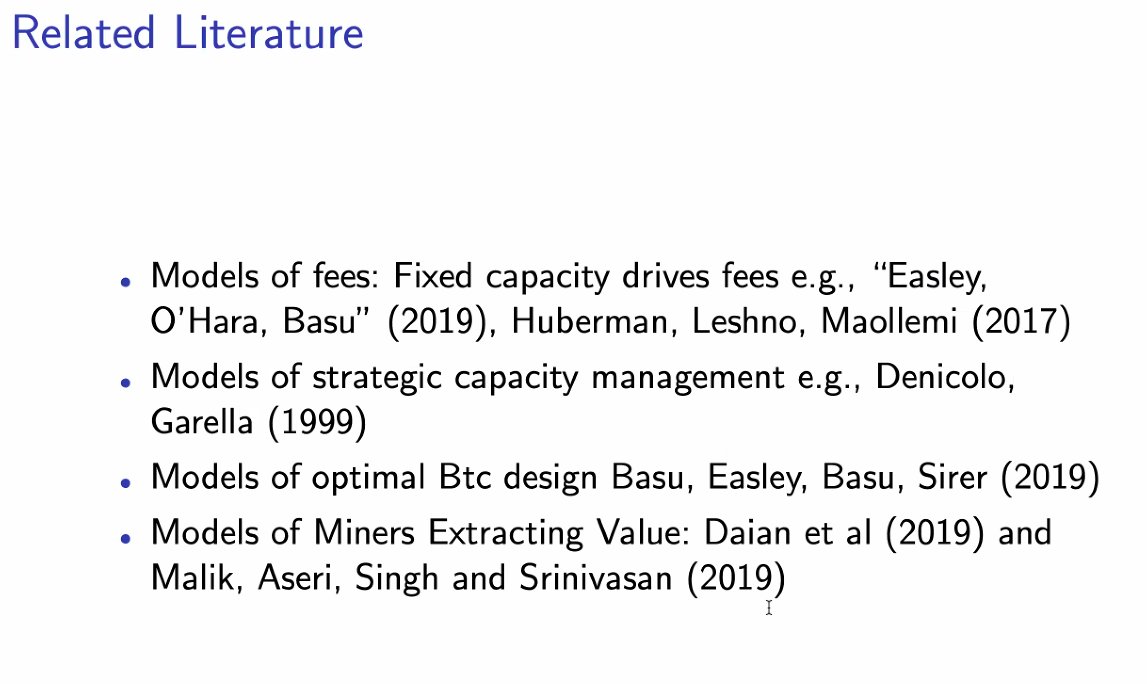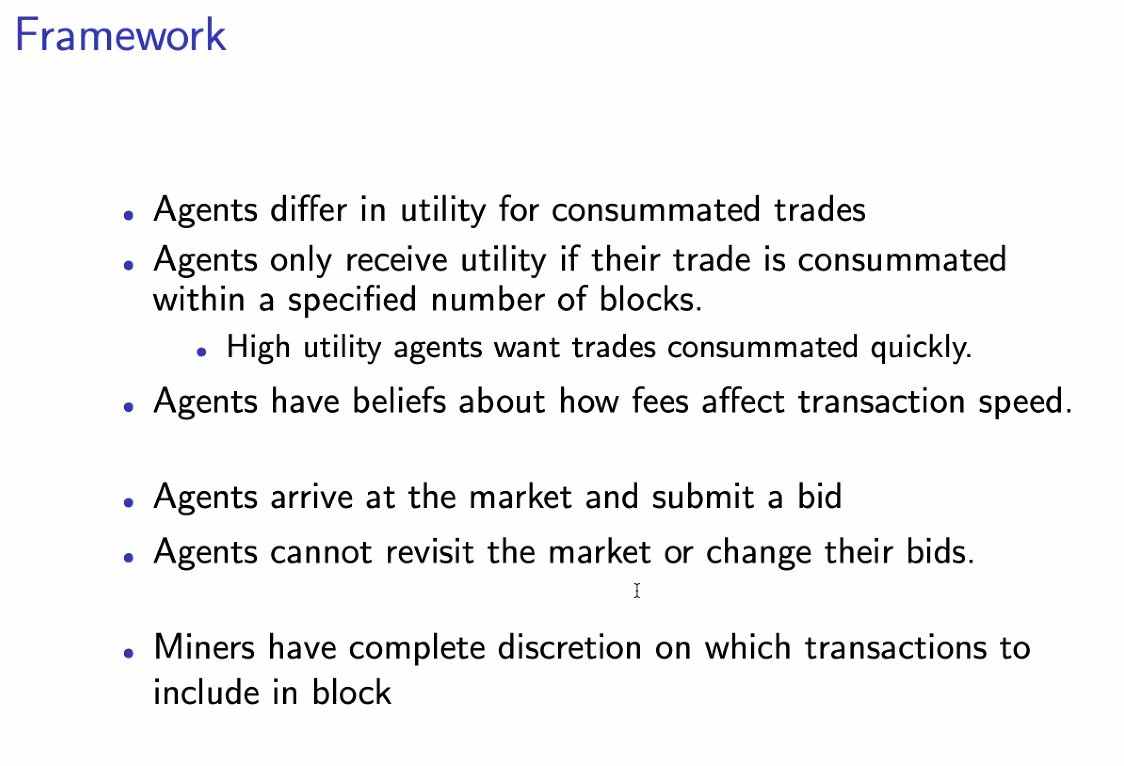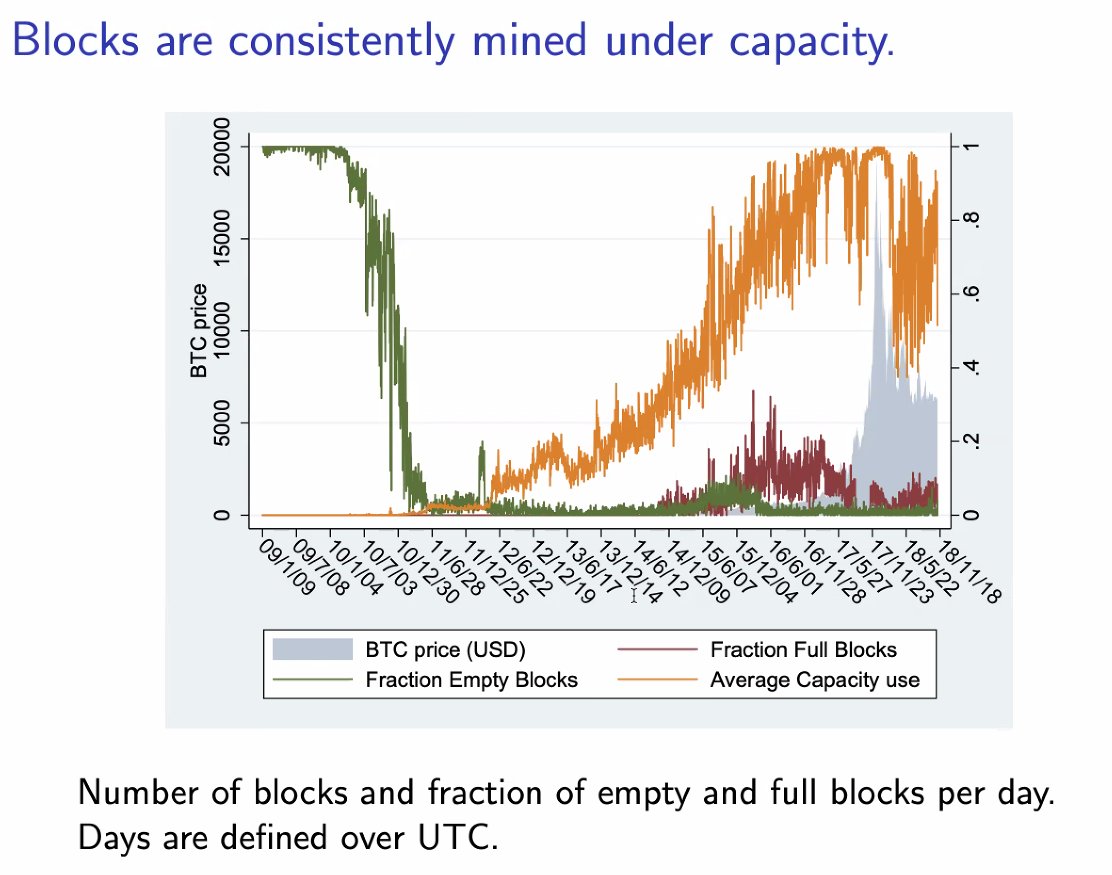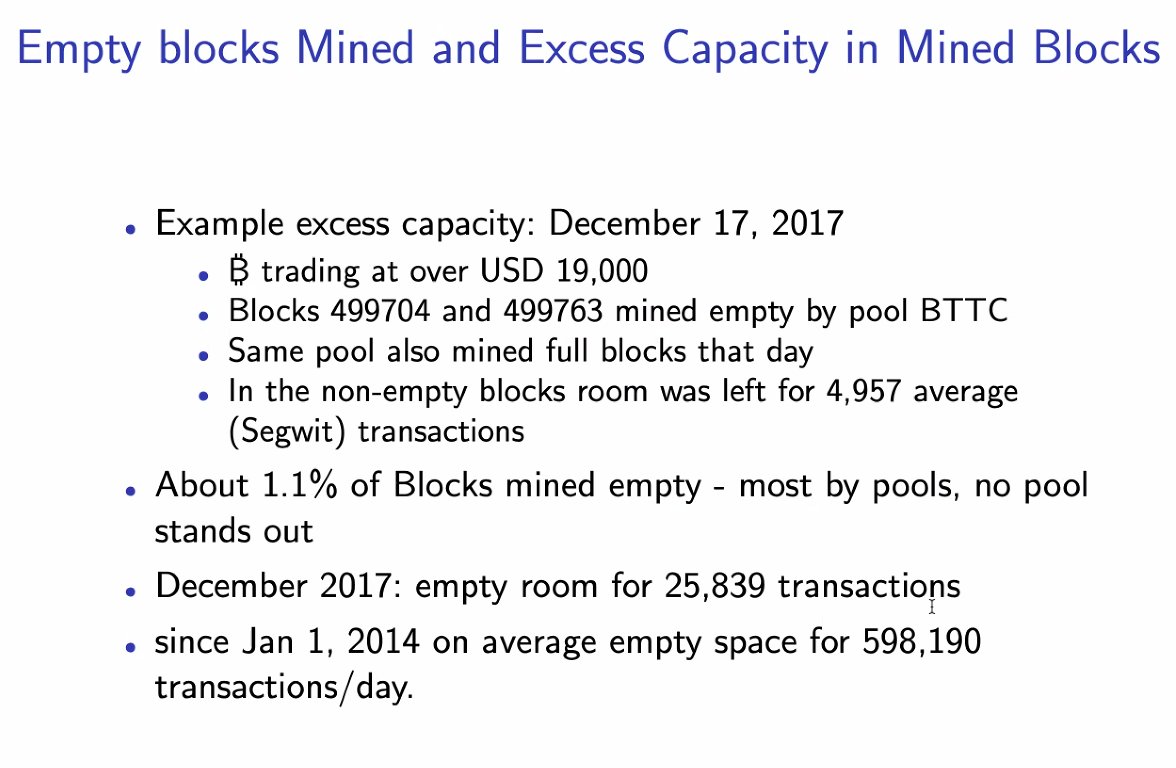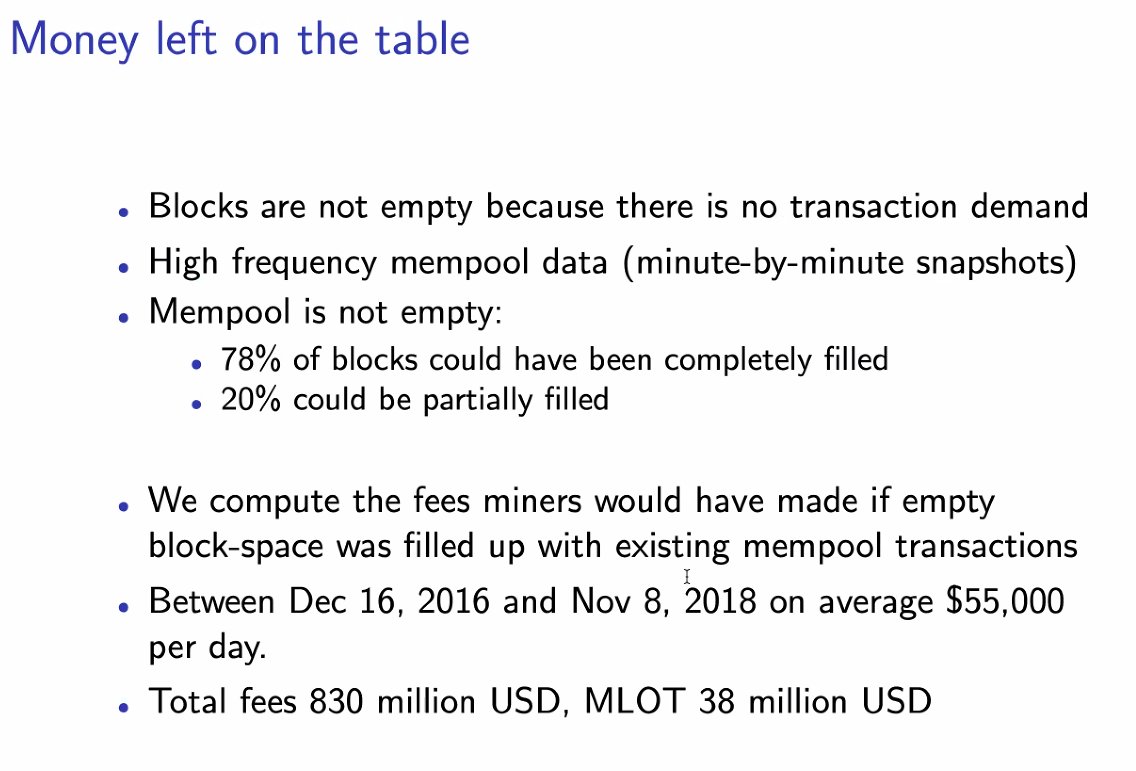
Some trolling for this beautiful Saturday morning is in order:
1. @a16z is a Silicon Valley Web 2 supporter of platforms building Web 3 applications on top of public permissionless networks.
2. Case in point, @opensea was funded in lead Series A (it's VCs all the way down)
1. @a16z is a Silicon Valley Web 2 supporter of platforms building Web 3 applications on top of public permissionless networks.
2. Case in point, @opensea was funded in lead Series A (it's VCs all the way down)
4. Opensea generates incredible revenues (extractive rent in the form of fees) from its users (which builders of ETH cheer on because it feeds the deflationary burn narrative in the incessant battle with BTC maxis, got to love it).
https://twitter.com/Rewkang/status/1492361457471791106?s=20&t=C3URIj_kN3amqTuvauPt1g
5. It just so happens that @Nike has launched a digital initiative via its purchase of @RTFKTstudios in an attempt to create digital brand exclusivity in the metaverse. Think aspirational social signaling, less about athletes & more about Nike & BAYC.
cashn2coins.com/blog/nike-acqu…
cashn2coins.com/blog/nike-acqu…
6. Huh, interesting. Nike sues @stockx , Southpark trolls A16z, as the digital gold rush ensues. Sneaker NFTs. thestreet.com/video/nike-tak…
7. It sounds like someone at Nike is really, really close friends with someone at A16z. Maybe Marc and John are BFFs from the ebay days, and one did a solid for another. vimeo.com/16317490
Maybe by driving traffic to their friend's platform:
opensea.io/collection/rtf…
Maybe by driving traffic to their friend's platform:
opensea.io/collection/rtf…
8. Damn, those mysterious collections MNLTH are packing some worth even though we don't know what's inside! MNLTH NFTs are trading for 5 ETH at a time (definitely not for your average Nike sneaker head, this about BRAND!) 

9. "We need to be careful here Mark, we don't want Nike associated with anything like an investment contract. That would be bad.". "Don't worry brah, I got you...I know a guy, he knows a thing or two about securities".
10. Enter the 1 & only: Mr. William Hinman. The most opinionated commissioner without an official statement to ever walk the halls of the @SECGov
"John, I told you man, we good!" Oh, & we see you ex- CFTC Commissioner Brian Quintenz.
Make sure that ETH remains a commodity!
"John, I told you man, we good!" Oh, & we see you ex- CFTC Commissioner Brian Quintenz.
Make sure that ETH remains a commodity!

• • •
Missing some Tweet in this thread? You can try to
force a refresh



